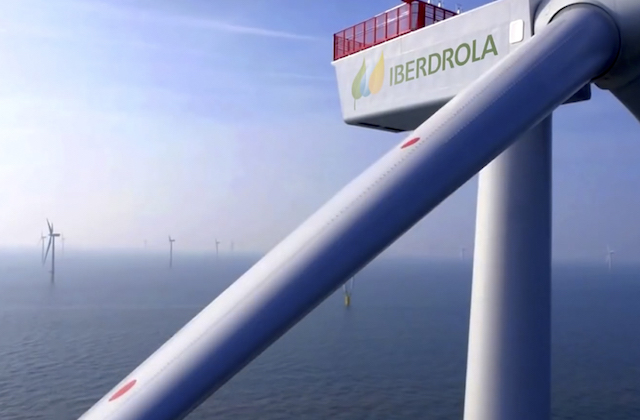Bankinter | The US government could withdraw authorisation to build and operate the New England Wind 1 and 2 offshore wind farms off the coast of Massachusetts, threatening the continuity of projects involving Avangrid, Iberdrola’s US subsidiary. Together, they could represent investments of $8 billion (€6.86 billion). According to the White House, this measure is part of the need to ‘ensure that the United States can maintain a strong fishing industry for future generations and provide low-cost energy to its citizens.’
Analysis team’s view: Bad news for Iberdrola, as it is a blow to one of the group’s main growth areas: offshore wind power in the US. The positive aspect is that, fortunately for Iberdrola, New England is a project that is in its early stages and has not yet invested a significant amount of funds. New England 1 was awarded in September last year with a capacity of 791 MW and would involve an investment of $3 billion. The plan was to start construction in 2025 and reach full commercial operation in 2029. New England 2 is more ambitious and would involve reaching up to 1,080 MW of capacity. In the US, Iberdrola also has the Vineyard Wind 1 offshore wind farm with 80 6MW already under construction, Kitty Hawks with 2,400 MW in the preliminary development phase, and Gulf of Maine, also under development, with 3,000 MW. All these projects are on the east coast of the country. Iberdrola will present its new roadmap for the next three years on 24 September at its Capital Markets Day. The US is one of the group’s main strategic focuses abroad, along with the United Kingdom. Iberdrola’s chairman, Ignacio Galán, even presented Donald Trump’s cabinet with plans to invest $18 billion in the US. Iberdrola’s two main objectives in the US are the development of electricity grids and offshore wind power. Now, it remains to be seen to what extent it will be able to achieve its goal in offshore wind power. In just a few months, this technology has gone from being highly favoured with tax incentives by the Biden administration to being highly controversial and hindered under the Trump administration. Trump considers offshore wind power to be an ‘ugly, expensive and unreliable’ source of energy. The company most affected so far by the new US energy policy is Ørsted and its projects south of Rhode Island (80% complete and recently halted). In April, the Home Secretary froze the Norwegian company Equinor’s Empire Wind project ($5 billion) off the coast of Long Island. The block on Equinor was lifted after an agreement was reached between the White House and the state governor to allow a new gas pipeline. We will have to wait and see what ultimately happens with Iberdrola’s projects in the US and its approach at its upcoming Investor Day (24 September).





